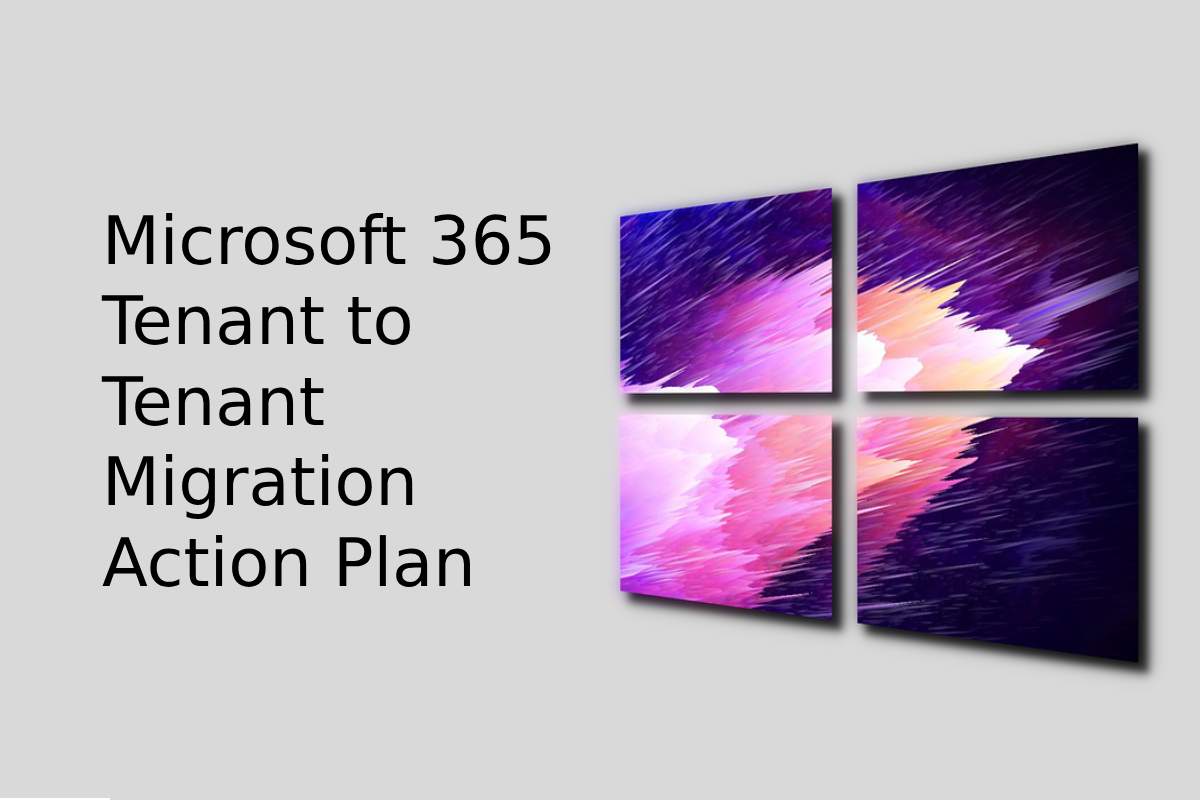
Having a clear action plan is mission-critical for any business planning to migrate Microsoft 365 tenant to tenant. But it is easier said than done. To build a structured action plan, your team must have clarity on all the aspects of the migration. To help you do this, we have shared deep insights:
1. Prepare For the Migration
The first step prior to starting your company’s Microsoft 365 tenant to tenant migration journey is to ensure full preparedness. Start with deciding on the apps and tools you want to migrate from your current tenant; this will help determine the migration paths, such as SharePoint to SharePoint migration, etc.
Equally important is to decide and finalize the number of users, size of data, hyperlinks, and metadata types (sharing permissions, versions, timestamps, etc) to migrate to the target Microsoft 365 tenant.
2. Choose a Tenant Migration Solution with Proven Success
Another important step to add to your company’s Microsoft 365 tenant migration action plan is choosing a proper migration solution. When you are in the market researching on Microsoft 365 tenant migration tools, make sure to consider reputed solution providers like CloudFuze that have a track record of performing large-scale and complex tenant migrations successfully.
After shortlisting migration tools, make sure to test them before finalizing. Collaborate with the migration vendor and schedule a demo migration for migrating a small batch of pilot users and data. Test the tool’s migration capabilities across all tenant migrations paths, such as Microsoft Teams to Teams migration.
3. Perform and Validate the Microsoft 365 Tenant Migration in Batches
It’s always a good step to perform any Office 365 tenant migration in batches. It involves segregating the total number of users into several batches and migrating them one at a time. With this approach, you can eliminate the risk of:
- Migration downtime
- Tracking and monitoring complexities
- API rate limiting
Also, make sure to validate each user batch after it gets migrated to the new Office 365 tenant.
4. Perform Delta Syncs to Bring Over Incremental Changes
When the one-time migration (initial migration) is in progress, it is natural that the users will continue working on the source Microsoft 365 tenant apps, including OneDrive tenant, SharePoint tenant, and more.
As a result, incremental changes accumulate over time. To bring these incremental changes over to the target tenant, performing a single or multiple delta sync is a must!
5. Perform a Domain Cutover
Lastly, if you want to retain the domain of the source Microsoft 365 tenant in the target tenant, make sure to perform a full domain cutover during the final stages. Many businesses opt for domain cutover to ensure continuity in ongoing operations.
For a proper domain cutover, partnering with a tried-and-true solution provider is highly important. Migration vendors like CloudFuze have 12+ years of experience in helping large enterprises perform high-stakes tenant migrations with full domain cutover.
Also Read: The Best Gadgets of May 2025: Highlights from Gizmodo’s Monthly Roundup
